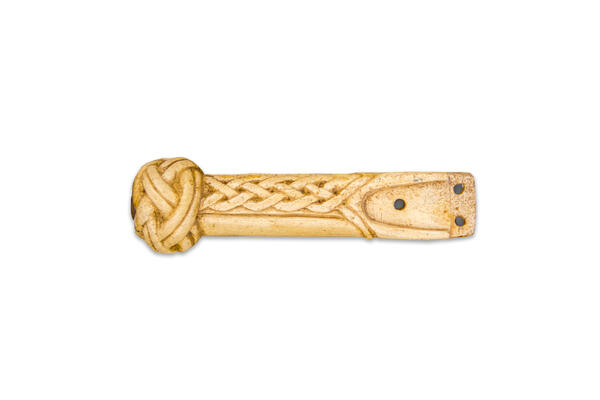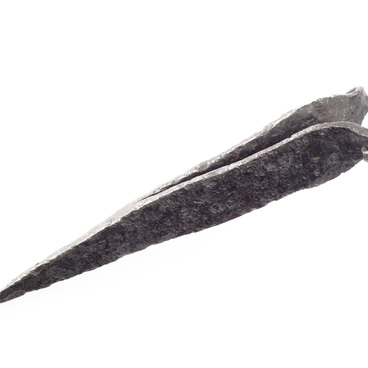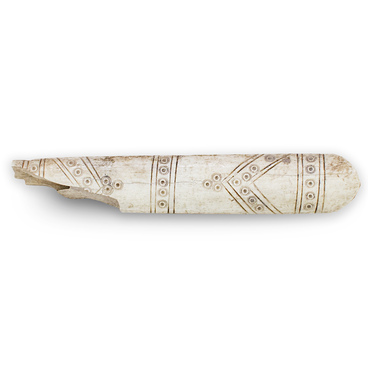The making of horn and bone products found its place in the handcraft system of Volga Bulgaria. Excavations in the big cities gave enough information to restore the main features of the bone-carving craft. A well-known Bulgarian bone carving collection with more than 700 items is kept in the country museum. The production had several stages: first of all, people gathered and selected raw materials, and then they were engaged in preliminary preparation of raw materials for work, the creation of semi-finished products. The third stage included the creation of a particular item from a semi-finished product and its preparatory trim. During the fourth stage, masters decorated the product.
The ruins of a house that belonged to a nobility representative of those years have preserved to our days. It was built around the second half of the 14th century. The walls were made of baked bricks and air-dried blocks, formed from raw clay. Air-dried bricks were used for the foundation, internal partitions, and chimney underground channels. In shape they looked like a plinth, thin plate-like blocks. The building had its water supply, as well as a round brick oven, which was quite rare at that time.
In 1982, excavations were conducted on the site of the house. Among other exhibits, archaeologists found a carved handle made in the form of a rod with a spherical head. Masters decorated handles and heads, made of horn, with a ‘plait’ carving. There was an iron rod with a buttonhole and a metal ring embedded inside. Probably, a short leather strap was threaded into the ring — and so the whip was attached to the arm. It is possible that with the help of a metal ring, the product was suspended to the belt.
The researchers suggest that the discovered object could be a whip handle. Masters threaded long leather cords through three holes at the end, from which the whip itself was made. Perhaps, instead of cords, a wide leather belt was attached to the handle. In this case, prepared in advance rivets were inserted into the holes.
The whip could be used on the battlefield: a skilled warrior was able to disarm the enemy with one blow. Warriors also flogged cavalry with it. Animals felt the pain, stopped obeying the riders, and threw them off. In rich houses in Volga Bulgaria, whips were used to punish slaves, free men and women were lashed for offenses, for example, for extramarital relationships.
The ruins of a house that belonged to a nobility representative of those years have preserved to our days. It was built around the second half of the 14th century. The walls were made of baked bricks and air-dried blocks, formed from raw clay. Air-dried bricks were used for the foundation, internal partitions, and chimney underground channels. In shape they looked like a plinth, thin plate-like blocks. The building had its water supply, as well as a round brick oven, which was quite rare at that time.
In 1982, excavations were conducted on the site of the house. Among other exhibits, archaeologists found a carved handle made in the form of a rod with a spherical head. Masters decorated handles and heads, made of horn, with a ‘plait’ carving. There was an iron rod with a buttonhole and a metal ring embedded inside. Probably, a short leather strap was threaded into the ring — and so the whip was attached to the arm. It is possible that with the help of a metal ring, the product was suspended to the belt.
The researchers suggest that the discovered object could be a whip handle. Masters threaded long leather cords through three holes at the end, from which the whip itself was made. Perhaps, instead of cords, a wide leather belt was attached to the handle. In this case, prepared in advance rivets were inserted into the holes.
The whip could be used on the battlefield: a skilled warrior was able to disarm the enemy with one blow. Warriors also flogged cavalry with it. Animals felt the pain, stopped obeying the riders, and threw them off. In rich houses in Volga Bulgaria, whips were used to punish slaves, free men and women were lashed for offenses, for example, for extramarital relationships.



